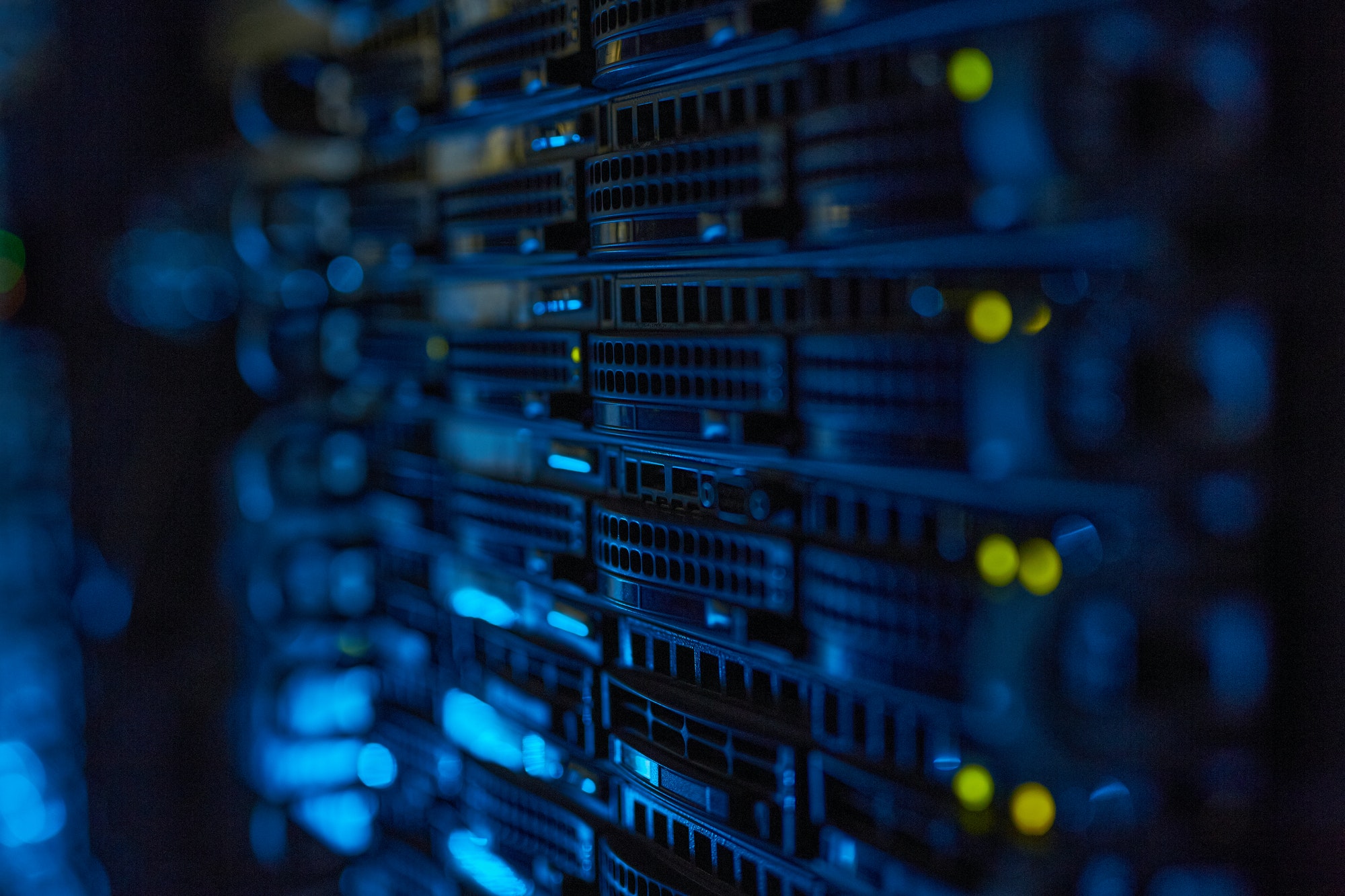Restaurants are relying on data to drive sales and promote loyalty.
Restaurant operators didn’t get into the business to be data scientists. For years, they’ve kept track of customer preferences with waiters often memorizing a guest’s favorite menu item, their birthday or if they have a food allergy because there wasn’t hospitality-centric tech innovations to keep track. But gone are the days of the tangible punch card and automated, generic emails being the only way to engage with and retain customers now that the hospitality industry has access to hyper-personalized, data-driven technology solutions.
As the restaurant industry becomes more and more competitive, tracking data to find what their diner’s are looking for — from experience, to menu items and rewards — is key. Restaurants are now leveraging customer preferences, like knowing their favorite meals, to market specials and promotions to them.
And as more customers prefer to order food digitally, the hospitality sector has a limitless way to capitalize on data that can be obtained through mobile ordering and delivery. Between Q2 and Q4 of 2020, 33% of consumers ordered from full-service restaurants online or via their mobile platforms compared with just 5% who did the same before the pandemic, according to data from Technomic’s March 2021 report, “Technology Insights — The state of Foodservice Technology Today.” Because of this, 68% of restaurant operators believe their spending on tech will increase over the next two years.
Using data to improve dining experiences
Restaurants are constantly collecting data by integrating new tech innovations to gather it before and after the dining experience. Many owners and operators are able to gain customer data when a guest orders and pays for their food. Digital tools like mobile apps, table-side tablets and kiosks are not only more convenient for restaurants and customers, but they also allow for customization and personalization when data is analyzed and compiled into customer purchasing history profiles.
Guest feedback is too much hassle for consumers to give, too much work for managers to respond to individually, and too hard for corporate leadership to make sense of it all.
With Ovation, not only can you collect feedback from customers in-store, delivery, or pickup, but Ovation gives you tools to resolve concerns in real-time and uncover the insights to improve brand-wide.
Companies like Yumpingo, an intelligence platform, delivers real-time customer data by letting guests review their food and dining experience in just one minute via a mobile-optimized review process.
Delivery is another major way restaurants can obtain data from consumers when diners input their name, phone number, email address, delivery address and other information, empowering restaurant operators to leverage tech innovations to market to their customers directly.
GoParrot, for example, builds digital ordering platforms online and via apps and kiosks for restaurants that use customer data such as email for marketing and personalization.
Startups such as Brizo FoodMetrics, a restaurant specific analytics firm, does exactly that by monitoring online reviews, social media, menu items and other data from food establishments.
Young diners in particular are leading the charge in digital ordering. Millennials ate the highest number of meals out at fast-food or fast-casual restaurants most often using delivery service, according to a report by the U.S. Department of Agriculture. What’s more, the report said millennials are often looking for digitized ordering solutions including app-based reservations and third-party delivery, more proof that restaurant operators should continue to beef up investments in hospitality-tech innovations.
Data for loyalty program and engagement
Loyalty programs are a key way for restaurants to obtain more information about their customers while diners get incentives like points towards a free meal or discounts that keep them coming back and reordering again and again. A number of major restaurant chains like McDonald’s, Burger King, Popeyes and Taco Bell, among others, are pushing rewards programs specifically to retain digital customers who may be ordering food online or for delivery.
For example, if a regular always orders a vegan dish they may get a message or promotion about plant-based options. Loyalty company Spendgo, which integrates with any POS system or online ordering platform, does this by marketing via email and text message with offers tailored to guest’s favorite meals so they may be inclined to order on the spot.
LuckyDiem, a marketplace, offers cash back rewards to anyone who frequents its restaurant partner websites or food oriented review apps like Yelp, incentivizing customers to order and allowing businesses to boost their bottom line while building loyalty.
Indeed, when restaurants roll out marketing campaigns or ads, they can easily identify the best people to contact for certain promotions through data obtained from platforms such as a restaurant’s point-of-sale system, customer’s social media profiles, third-party tech solutions and surveys.

